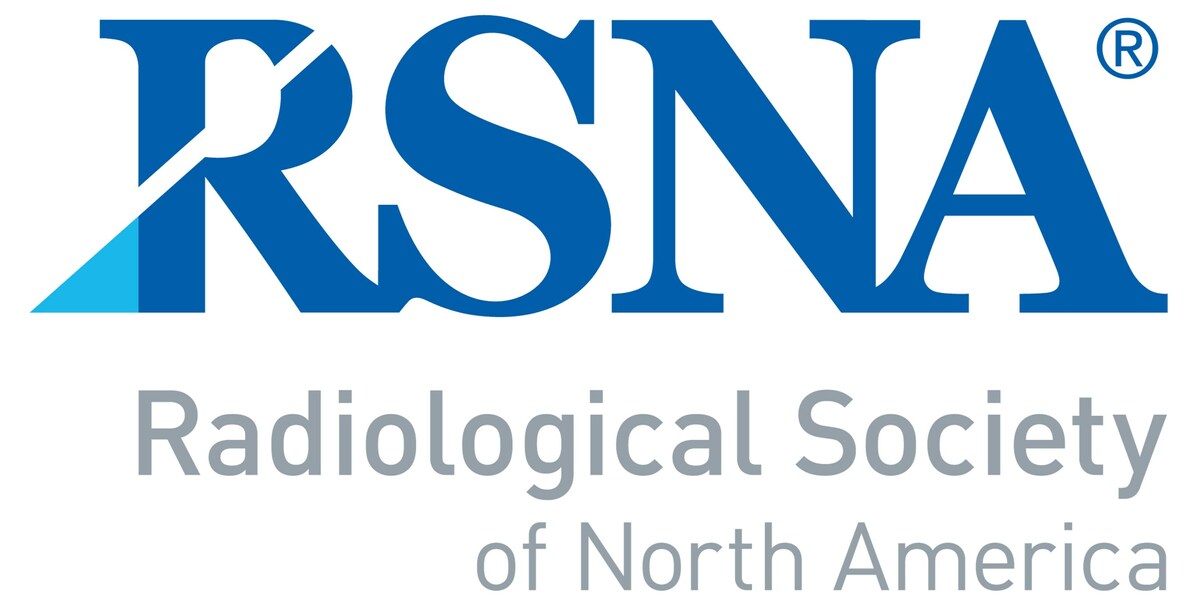Using artificial intelligence (AI) for the analysis of specialized brain MRI scans among adolescents with and without attention-deficit/hyperactivity disorder (ADHD), researchers have identified significant variances in nine brain white matter tracts in individuals diagnosed with ADHD. The outcomes of this investigation will be disclosed today at the annual assembly of the Radiological Society of North America (RSNA).
ADHD, a prevalent disorder typically diagnosed in childhood and persisting into adulthood, affects an estimated 5.7 million children and teenagers aged between 6 and 17 in the United States, as reported by the Centers for Disease Control and Prevention.
Justin Huynh, M.S., a research specialist at the Department of Neuroradiology at the University of California, San Francisco, and a medical student at the Carle Illinois College of Medicine at Urbana-Champaign, emphasized the early onset of ADHD and its profound impact on individuals’ quality of life and societal functionality. He noted the escalating prevalence of ADHD in today’s youth, partly attributed to the widespread availability of smartphones and other distracting gadgets.
Children with ADHD commonly struggle with attention span, impulse control, and activity regulation. Timely identification and intervention play a crucial role in managing this condition.
Huynh highlighted the challenges in diagnosing ADHD, which heavily relies on subjective self-reported surveys. He underscored the necessity for more objective diagnostic metrics to address this gap.
This study represents the pioneering application of deep learning, a form of AI, to pinpoint ADHD markers within the multi-institutional Adolescent Brain Cognitive Development (ABCD) Study, encompassing brain imaging and clinical data from over 11,000 adolescents across 21 U.S. research sites. The research utilized diffusion-weighted imaging (DWI), a specialized MRI technique.
The research team meticulously selected 1,704 participants from the ABCD dataset, comprising individuals with and without ADHD. By analyzing DWI scans, they derived fractional anisotropy (FA) measurements along 30 primary white matter tracts in the brain. FA gauges the movement of water molecules along white matter fibers.
Leveraging FA values from 1,371 subjects, the researchers trained a deep-learning AI model, subsequently testing it on 333 patients, among whom 193 were diagnosed with ADHD and 140 were not. The ADHD diagnoses were confirmed through the Brief Problem Monitor assessment, a tool for evaluating a child’s functioning and response to interventions.
Through AI assistance, the researchers identified elevated FA values in nine white matter tracts among patients with ADHD.
Huynh expressed optimism about the potential of imaging biomarkers to facilitate the quantitative and objective diagnosis of ADHD, providing a significant advancement beyond the current subjective diagnostic tests.
The study’s co-authors include Pierre F. Nedelec, M.S., M.T.M., Samuel Lashof-Regas, Michael Romano, M.D., Ph.D., Leo P. Sugrue, M.D., Ph.D., and Andreas M. Rauschecker, M.D., Ph.D.
For additional information, RSNA 2023 news releases and images can be accessed online at RSNA.org/press23.
RSNA, headquartered in Oak Brook, Illinois, is an organization dedicated to advancing patient care and healthcare delivery excellence through education, research, and technological innovation.






